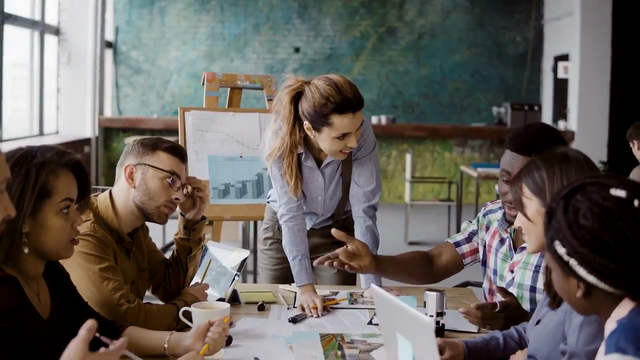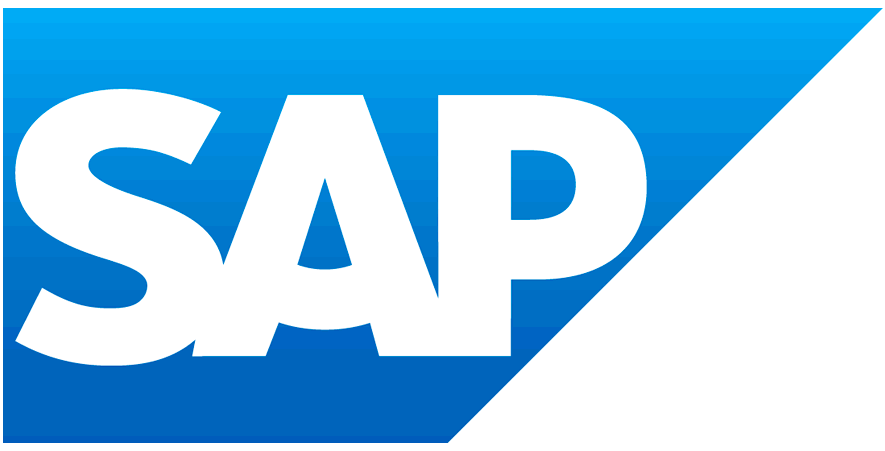IKEA on the Circular Economy: Consumer Behavior Must Change
By Judith Magyar
It’s hard to enjoy sweet dreams as the mountains of mattresses in landfills are becoming a global environmental nightmare. According to an article in The Guardian, the U.S. alone throws away 18.2 million mattresses a year, but there are only 56 facilities available to recycle them.
Consumer behavior is behind this ever-growing conundrum — as retailers offer better and more affordable mattresses, consumers replace them more and more frequently.
“Changing consumer behavior is one of the ways to fix this problem,” said Marcus Engman, chief creative officer for Ingka Group, IKEA Retail, at the London Design Festival’s SAP-sponsored panel discussion about designing for a circular economy. “It’s not enough to educate consumers to adopt circular behavior patterns. They also need the facilities and infrastructure to actually behave with a circular mindset. So instead of discarding old furniture and mattresses in landfill, customers can return them to us for creating new materials out of low value waste.”
When asked what’s the next step after circular economy, Engman responded that circular economy is not about phases. It’s a mindset that will change the world. “We’re moving into a future where waste is the raw material. It’s about designing from the bottom up, and thinking in components,” he explained.
Democratic Design
At IKEA, the concept of sustainability and circularity isn’t a new idea. IKEA was quite sustainable from the beginning without even knowing it. The company’s purpose has always been to create a better everyday life for the many people. This vision goes beyond home furnishings; it’s about having a positive impact on entire communities.
“We’re a low-price company. Being low price means you have to be low cost, which means adopting non-wasteful behavior in everything you do,” said Engman. “It begins with designing processes that generate no waste whatsoever. For example, IKEA’s flat packaging contains zero air, because we don’t like shipping air. That doesn’t make sense.”
Common sense is in the IKEA DNA. With over 1 billion customers per year, the company sees an opportunity and a responsibility to design for change and not for production, because design and sustainability go hand in hand. The company handles resources as carefully as possible to increase affordability.
Changing people’s mindset to consume more sustainably begins with making products that are affordable. People need to understand where materials come from and why things cost what they do. Cost is a crucial part of the design, along with four other design principles that are applied to every single product the company produces.
Democratic Design is a tool used to develop and evaluate the products in the IKEA range. It has five dimensions including function, form, quality, sustainability, and low price. When there is a balance between all five, the design is considered to be democratic, meaning it improves the everyday life of many people.
Collaboration and Innovation
Regarding the role of collaboration in the circular economy, for Engman it’s based on curiosity and generosity. He cited Atelier100 as an example. This unique initiative was established by Ingka Group, the largest IKEA franchisee, and H&M to help people bring their innovative ideas to life. Driven by a collective of creatives, makers, manufacturers and design industry experts, it focuses on the merits of local design and production.
The first batch of products from Atelier100 include a vase made from London clay excavated from below the River Thames, handcrafted in ceramicist and artist Alison Cooke’s West Hampstead studio, and a floor light using a free-standing London cobblestone for weight and balance, produced in Mitre & Mondays’ Islington workshop.
For Engman, innovation and sustainability go hand in hand, and require collaboration for long-term success. Wood, the most ancient material used for furniture, is critical to the company’s product line. Using it sustainably requires a special relationship with nature. “In Sweden, where I come from, nature is in your face. You learn from an early age how to embed nature in your daily life and how to forage to fill your pantry,” he said.
Responsible wood sourcing is at the heart of IKEA’s business, and the company has been using its size and reach to improve forest management across the world. Partnering with a variety of stakeholders to increase the volume and availability of wood from responsibly managed forests is key to IKEA’s own supply and goes well beyond. IKEA was one of the founders of Forest Stewardship Council (FSC) in 1994, which unites stakeholders from around the world to improve forest management on a global and national level. In FY20, more than 98% of the wood used for IKEA products was FSC-certified or recycled.
Technology is another key element in the circular mindset. “In the U.S. we introduced IKEA Kreativ, a new part of the IKEA app that helps people design their space using virtual and mixed reality,” said Engman. “They take pictures of their rooms and scan them into the app where they can move around old and new furniture. People can try things out virtually instead of buying things and sending them back if they don’t fit.”
Although IKEA’s mattress recycling solution is still in the development phase, IKEA’s numerous innovative partnerships and sustainable initiatives are examples of how to change behavior, production and processes to create the circular mindset that will drive the economy of the future.
For more information on how SAP helps companies record, report, and act on their sustainability goals, visit www.sap.com/sustainability.



